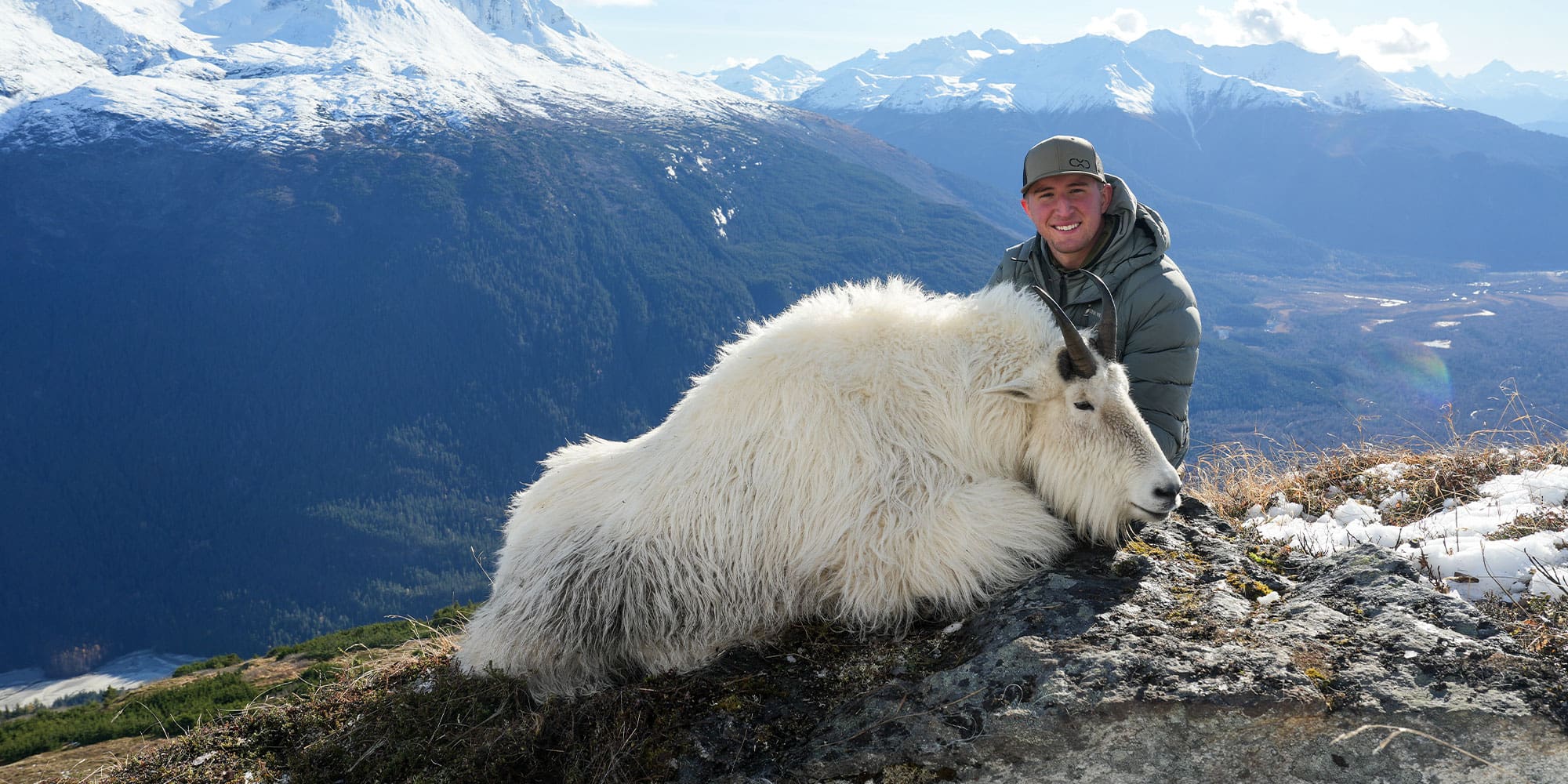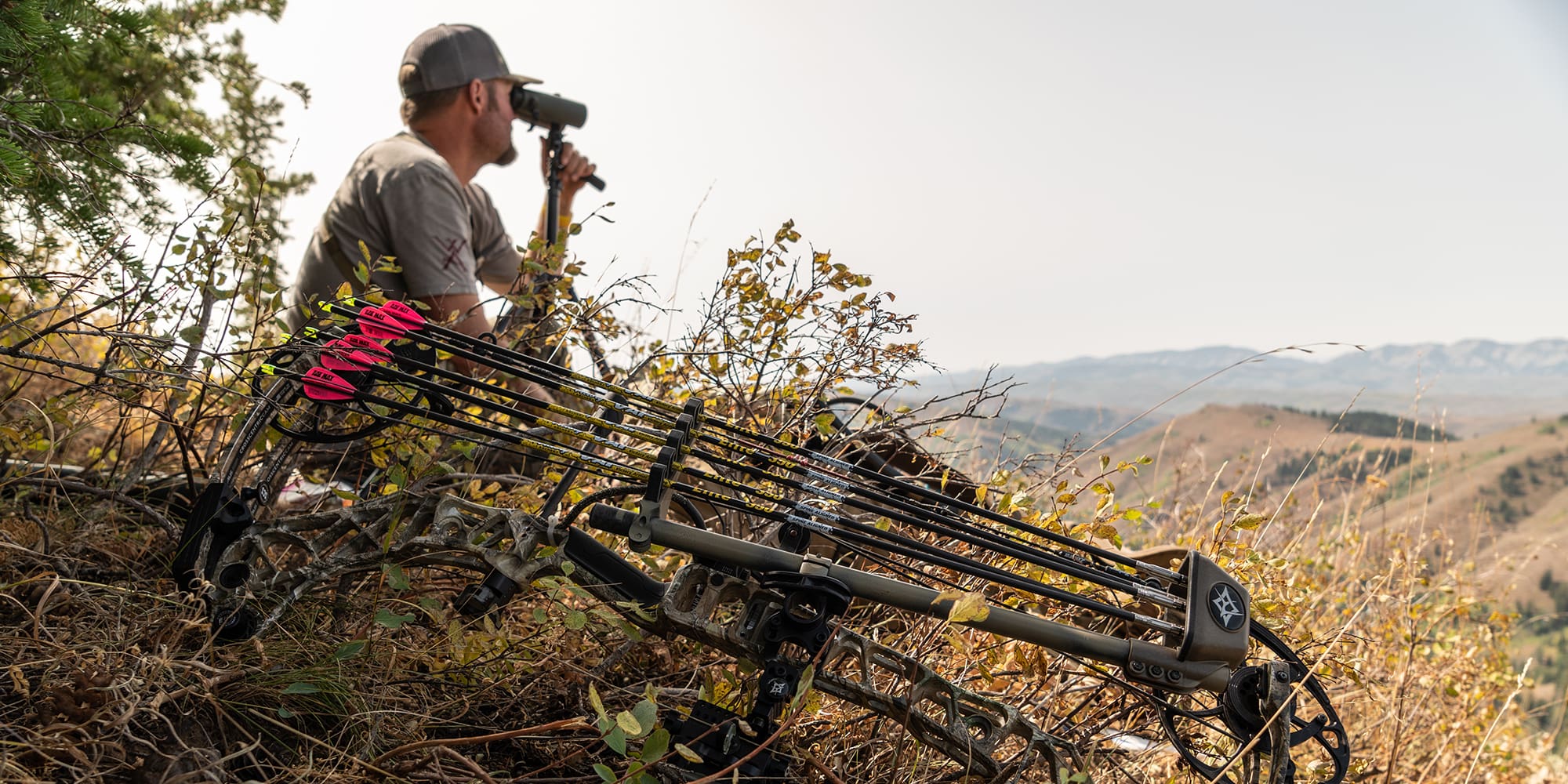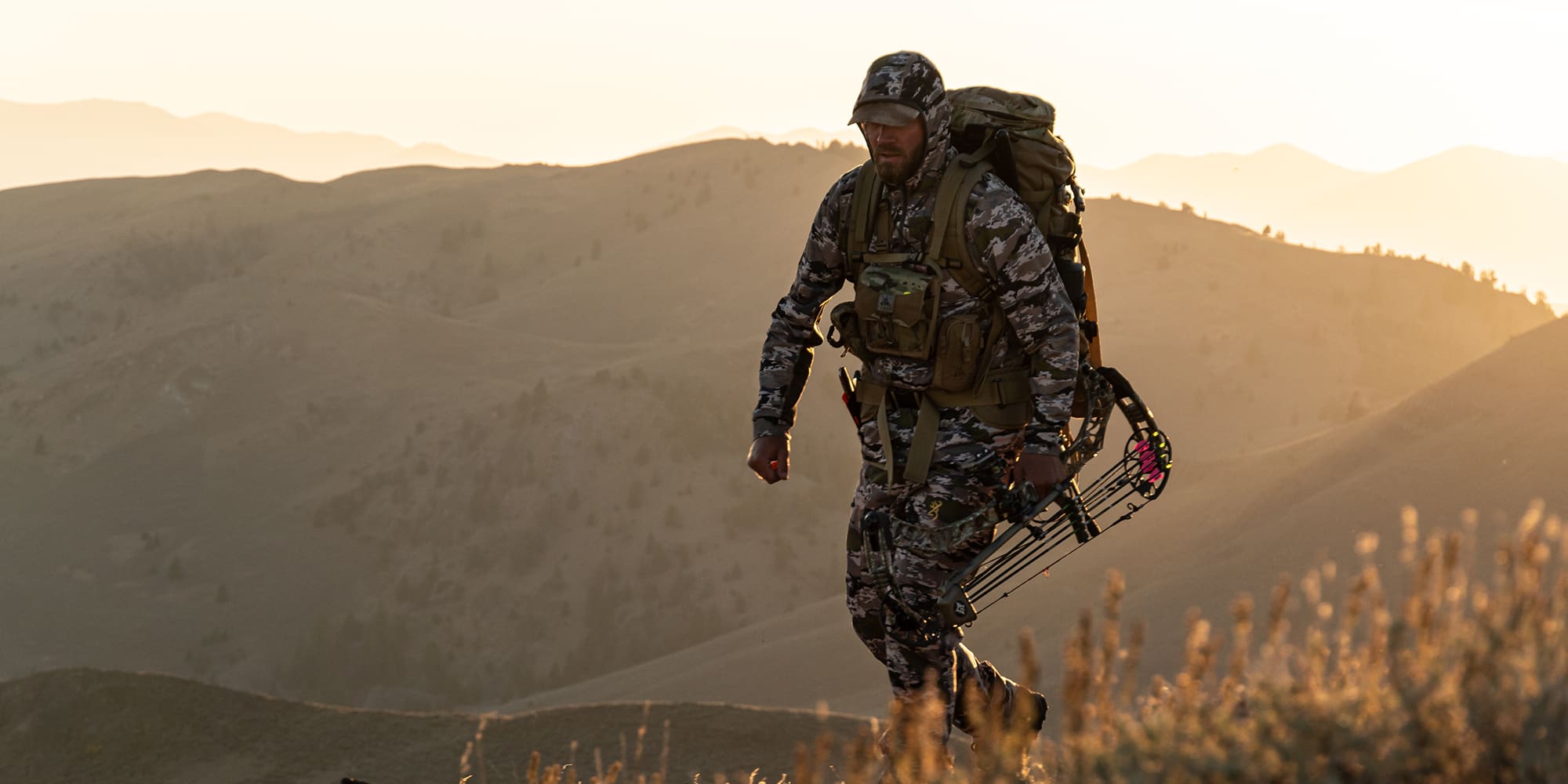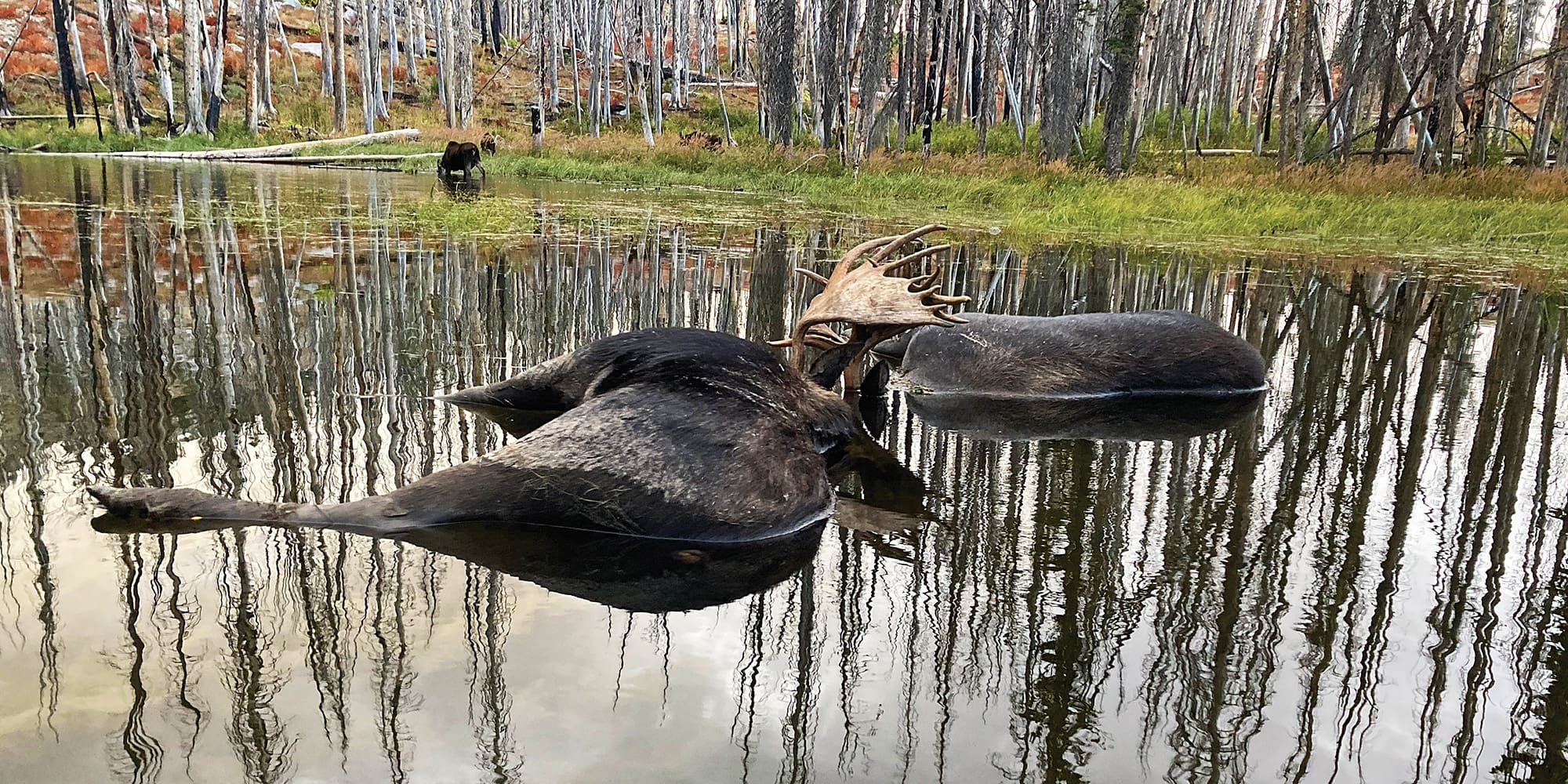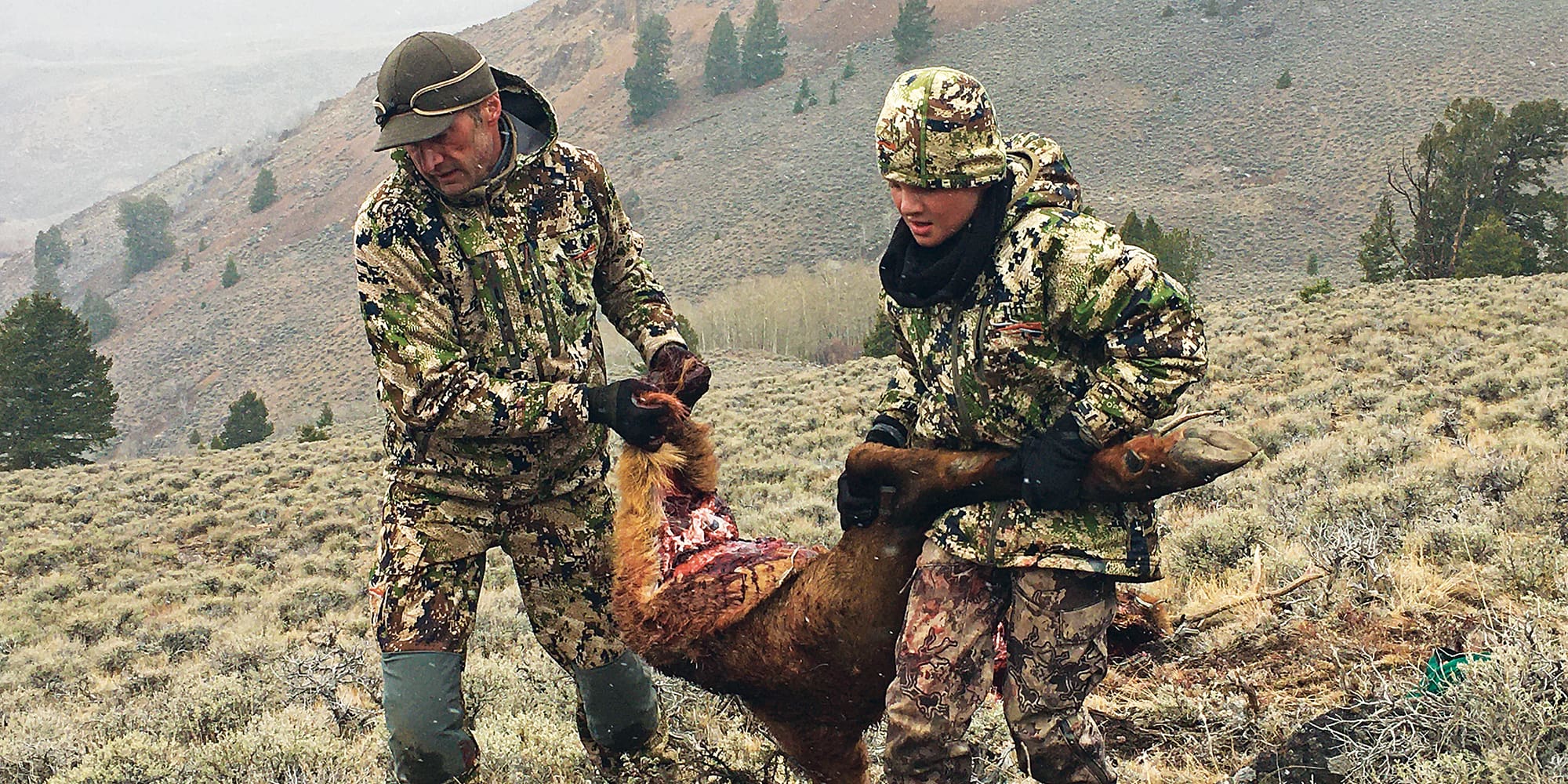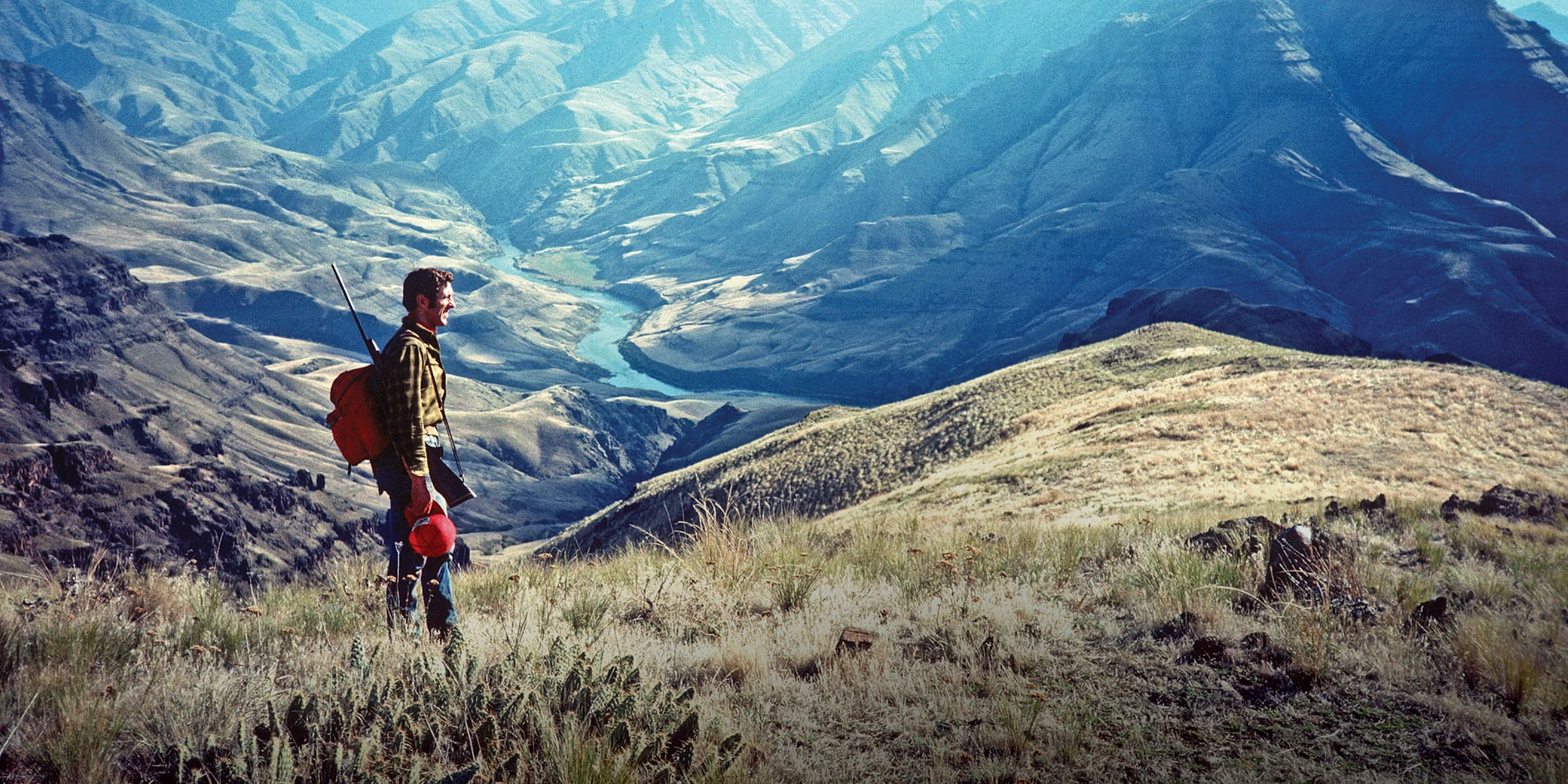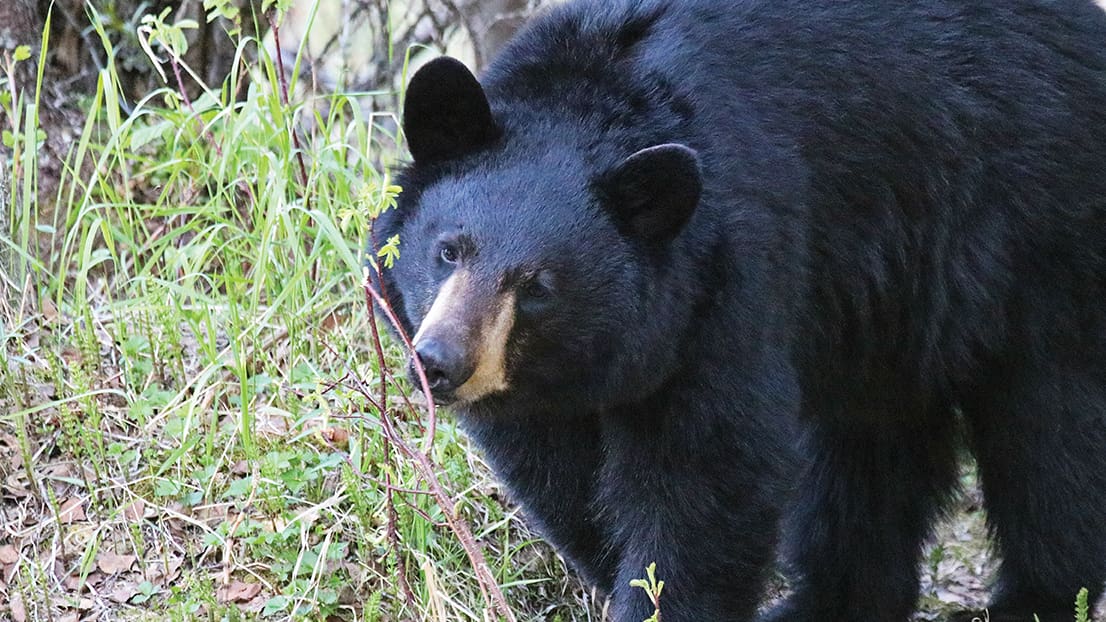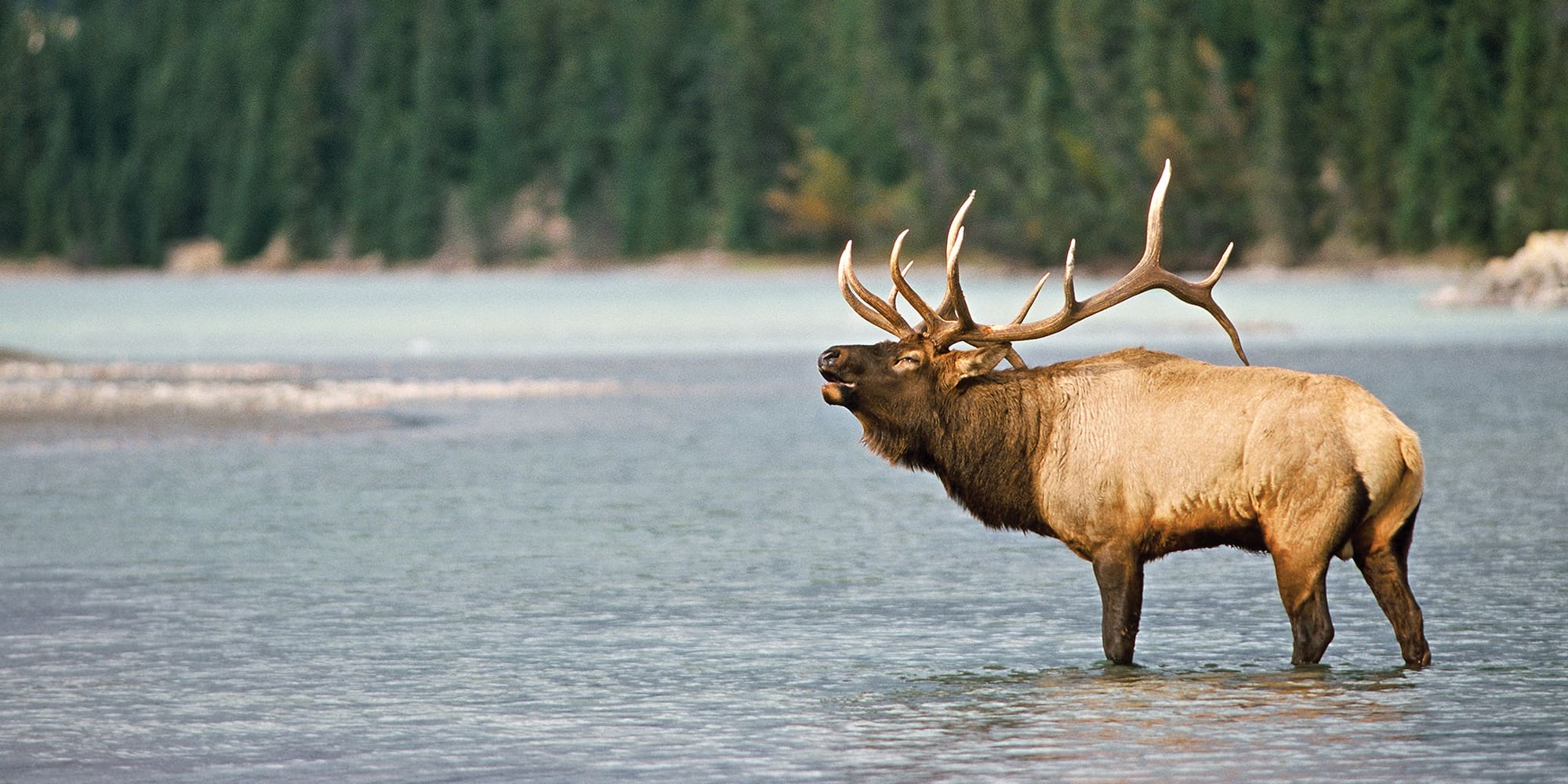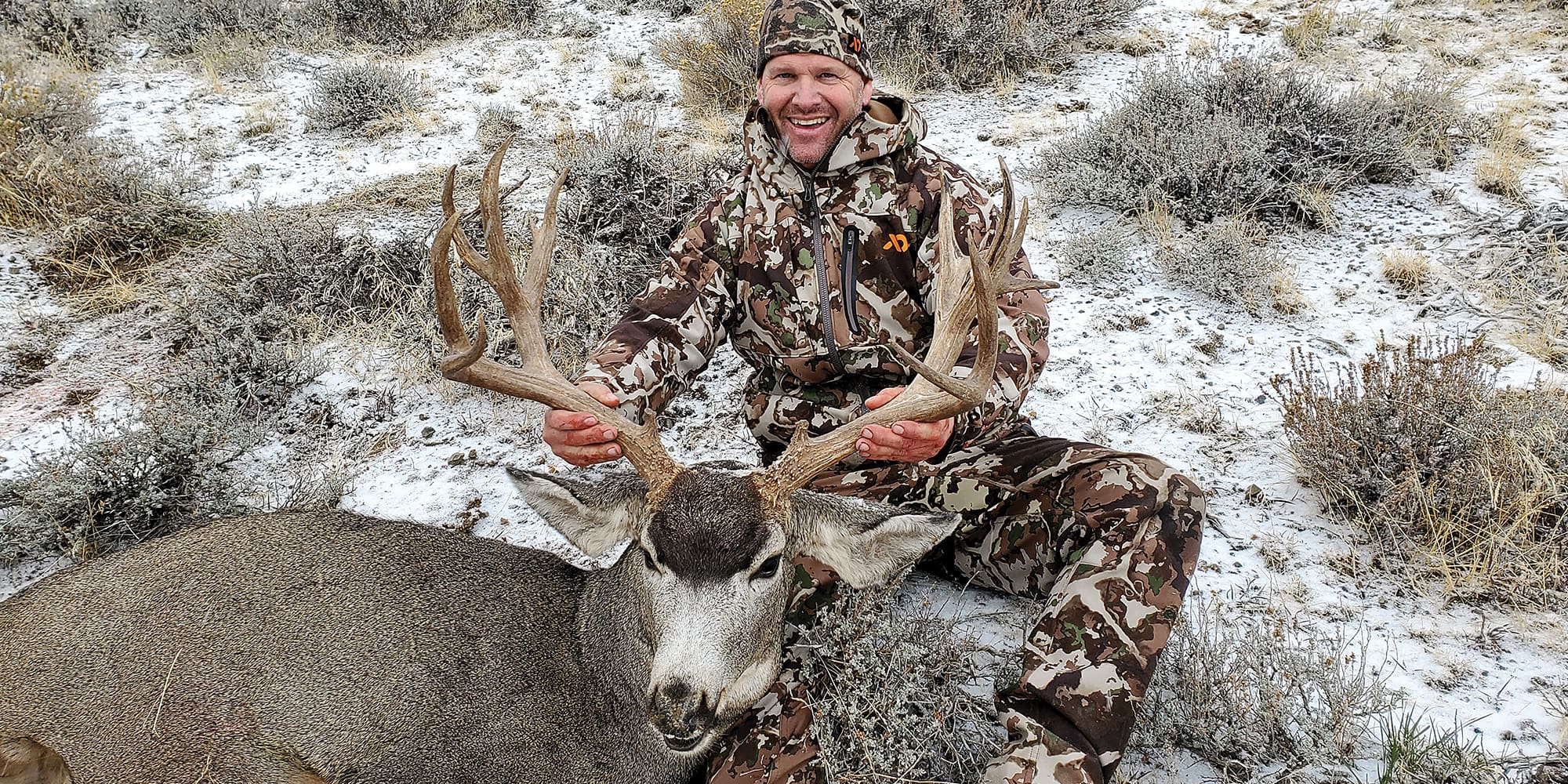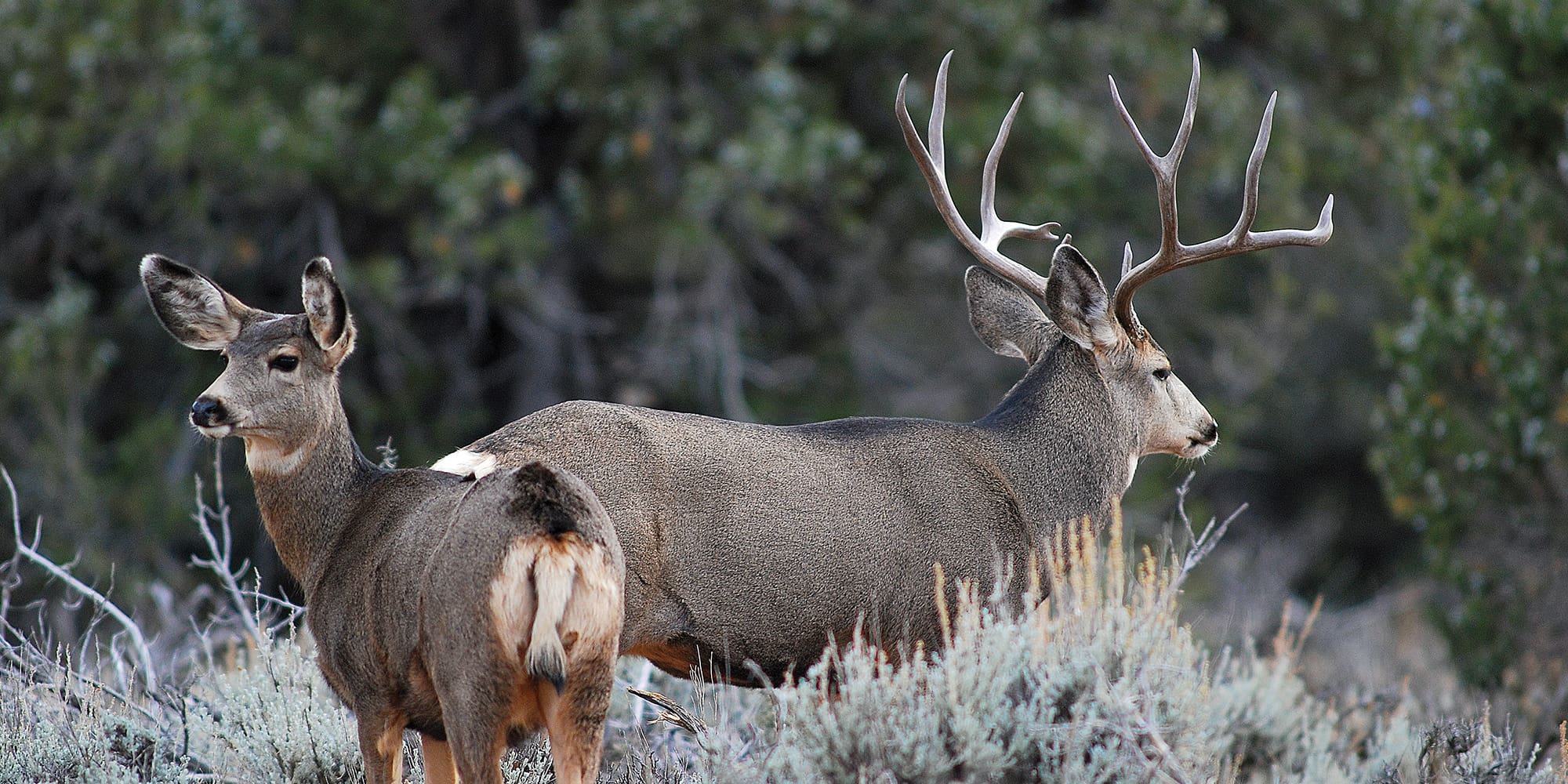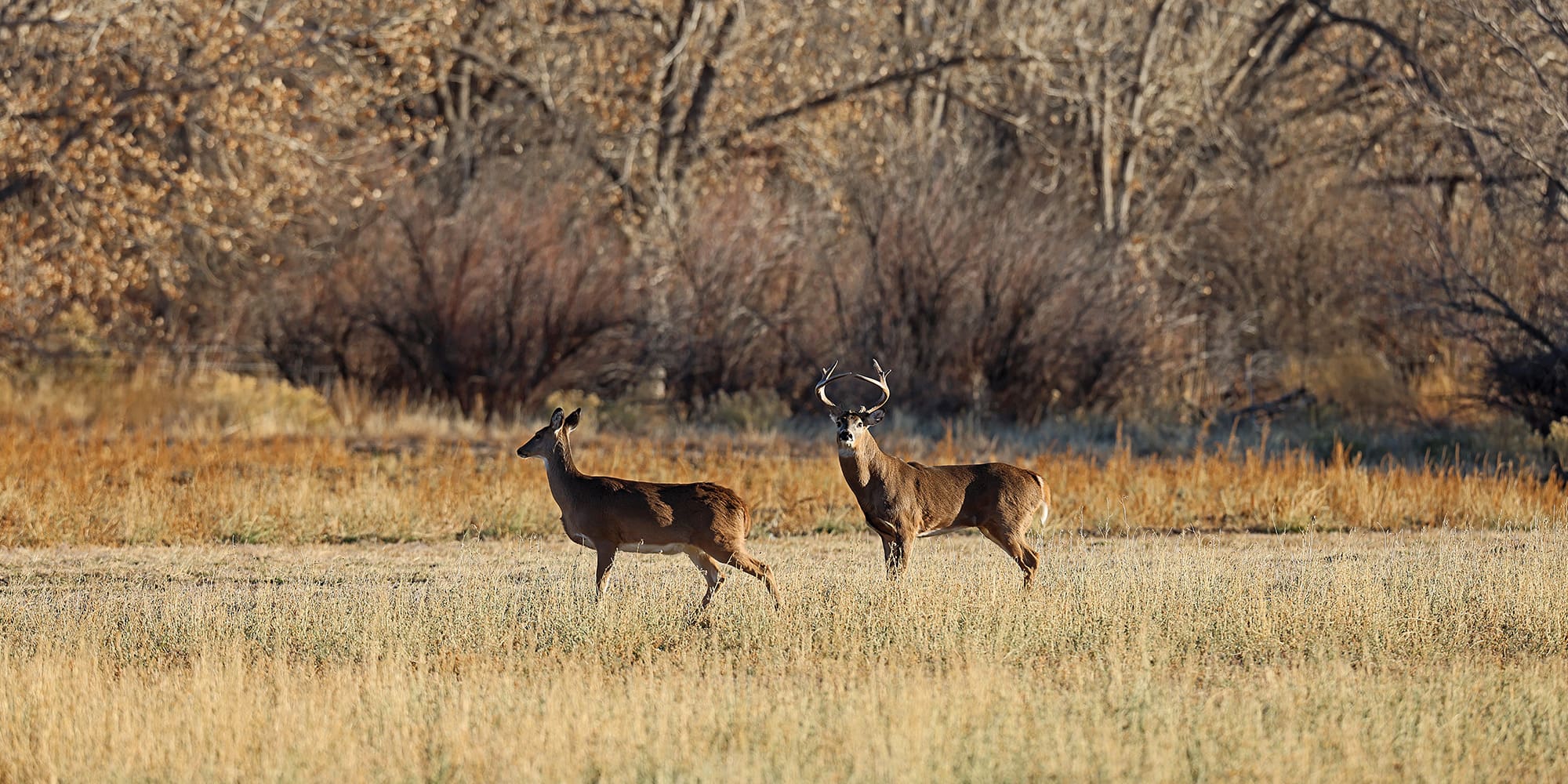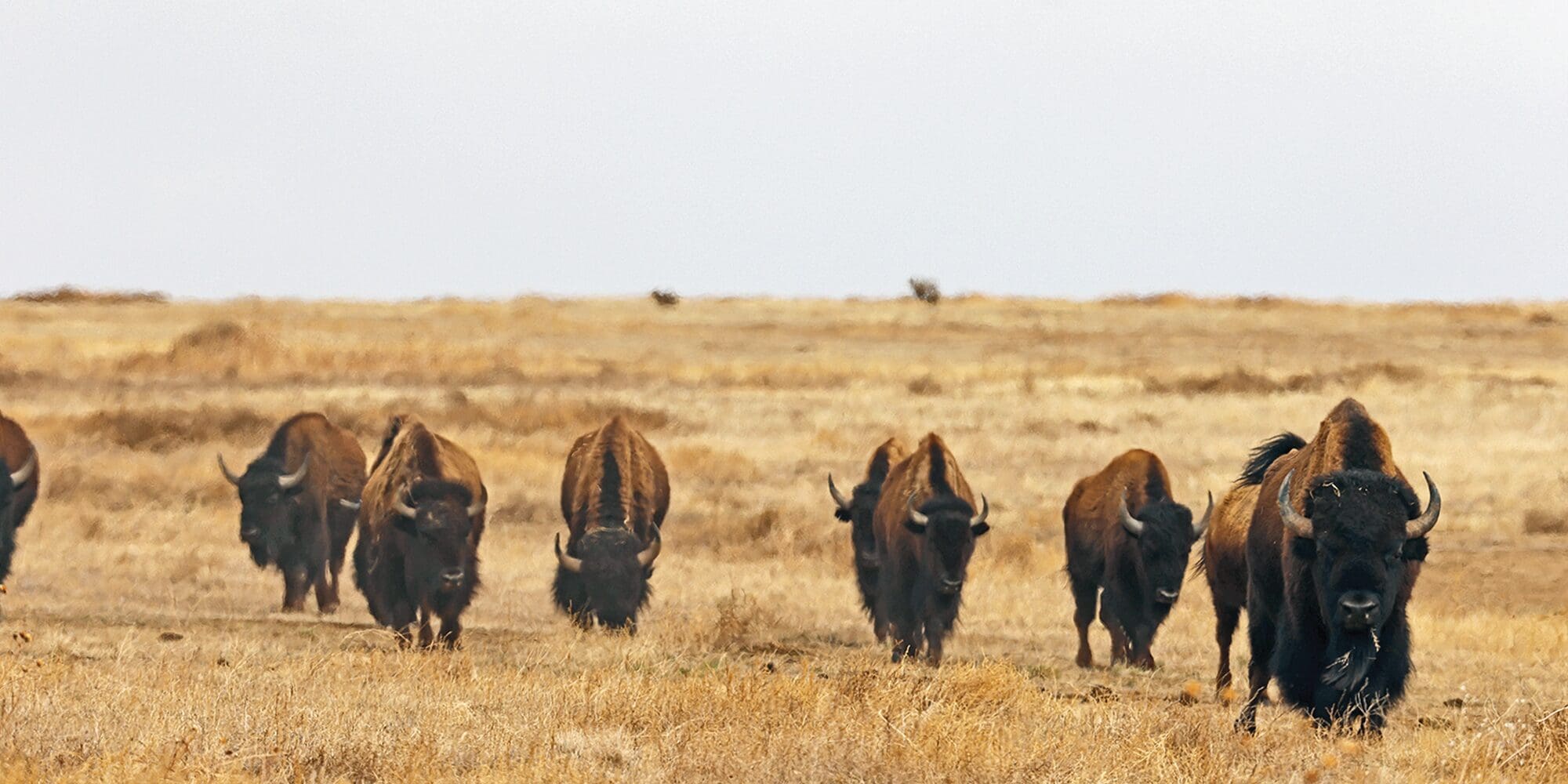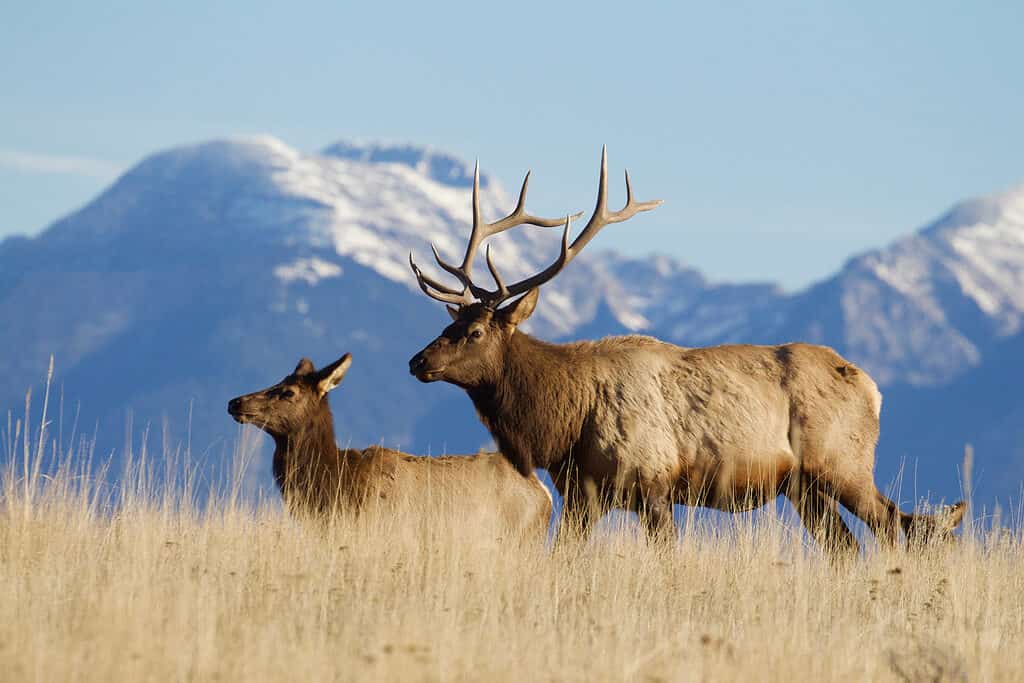
NOTICE: Certain links on this post may earn a commission for Western Hunter Magazine from Amazon or our other affiliate partners when you make a purchase. Thank you for your support.
Alaska: The Last Elk Frontier
Chasing Roosevelts in Big Bear Country
My brother laughed with jubilation and relief as he popped the top off an Alaskan Amber. This was no ordinary beer; it was his celebration beer. "Want one?" he asked. I didn’t. My whole body ached, but when would we ever have this chance again? I looked past the fire we built and past our bear fence, into the dark, and took a sip. It was good. We sat in silence, enjoying that moment as the fire burned down to coals, planning to cook one of the largest tenderloins I’d ever seen.
When I think of Alaska, elk hunting has never been the first thing to pop into my head. Moose sure; caribou definitely; Dall sheep of course…but elk? Hell, I’d never even heard of anyone hunting elk there. Yet here I was, staring into the dark, sipping a beer in the middle of nowhere, and taking in the feeling of accomplishment on the greatest elk hunt I’ve ever experienced. This hunt started more as a random action than a planned excursion. While applying for other Alaska tags, I saw elk in the choices. I thought it would be cool to take a Roosevelt elk, so I picked a couple of hunts with dates I could make work and applied. I had no knowledge of what to expect, the type of hunt, or knowledge of the areas.
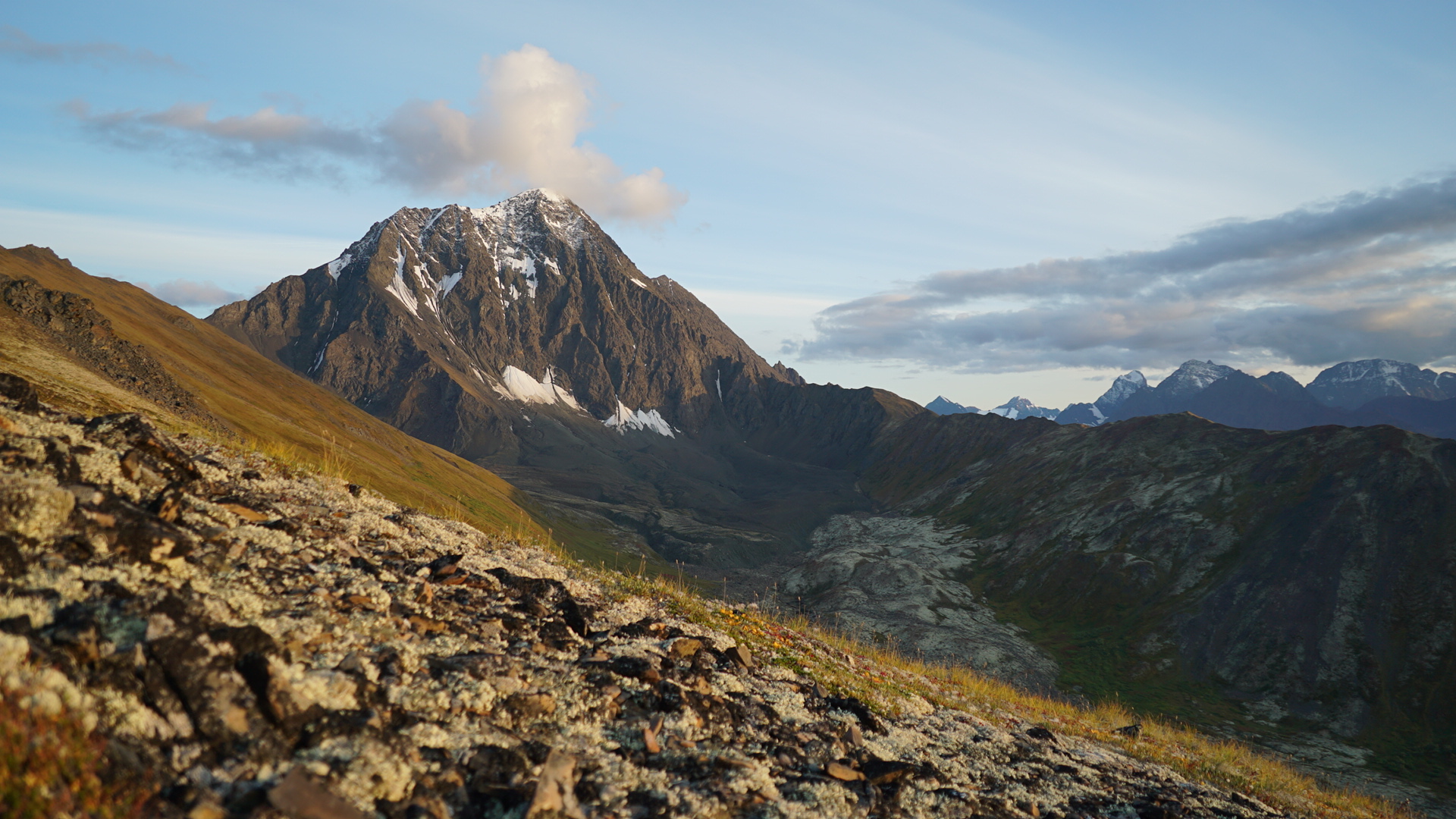
What Happens?
Ten months later, we found ourselves sitting on a floatplane touching down on a lake near Kodiak with a strong tent, a bear fence, a dry bag full of Mountain House, and a few celebration beers that my brother Jason hoped survived the journey. The flight in was rough but well worth it. We already had a bead on a huge group of elk, not to mention some giant Kodiak brown bears. The only downside was that the elk were a ways from where we could land the plane. Some serious packing would be required, and by serious, I mean lots of weight. In fact, before arriving, Alaska Fish and Game sent us a letter warning us that these elk were the size of moose and could weigh 1300 lbs. "Ha, 1300-lb. elk. Yeah right," I thought. Well in a matter of 24 hours I was about to be slapped upside the head with some truth. Looking over a map, we planned our approach. The mountains went straight up from the lake on our side and straight up from the ocean on the other. We found a pass that would get us there - 2500 vertical feet up, 2500 feet down, and repeat to get back to camp. Needless to say, I’d soon become very intimate with this pass.
Alaska Elk
Elk in Alaska originated from a group of eight Roosevelt elk calves captured on the Olympic Peninsula in Washington and transplanted to Afognak Island in 1929. Today, elk are found on Afognak Island, Raspberry Island, Etolin Island, and Zarembo Island.
Although not native to the islands, the herds are free ranging and managed by a special permit issued by the ADFG. Therefore, they’re eligible for Boone and Crockett, but so far, no elk from Alaska has met the 290 minimum. Roosevelt elk are larger bodied and typically smaller antlered than their Rocky Mountain counterpart. Couple that with Bergmann’s Rule of Mammals (that generally mammals in colder, more northern climates have more body mass) and you get one beast of an elk in Alaska. Although shorter tined, these racks also tend to be heavy for their size.
The Draw
There are two types of tags for elk in Alaska – draw tags and registration hunts. For the draw tag, you need to apply between November 1 and December 15 the year prior to the hunt. These draws can have tough drawing odds, but encompass the best seasons and often include rutting action.
The other hunt is a registration hunt. These are more like OTC tags, but they are opened based on population estimates and may be closed down based on harvest quotas. If available, tags can be obtained before the hunt. The registration hunts have later dates, which make the hunt much tougher than the draw season.
The Alaska draw process has no points, and residents and nonresidents are on equal footing. You’re required to hold a current hunting license ($85) when you apply. When applying, each choice costs you, but all choices are considered before the next applicant is considered. If drawn, nonresidents must purchase a locking tag before hunting.
Some of the hunt areas are on Tribal and Native Cooperation lands. Depending on where you’re hunting, a trespass fee or use fee may apply. Since they reside on islands, there are only two ways to access elk - by boat or by plane. Most journeys for the Raspberry or Afognak herds start out of Kodiak.
The Hunt
Since we flew in, we couldn’t legally hunt the same day, so we used our time to scout the herd for the next day. We climbed to the saddle and overlooked the basin, spotting the elk miles away near the ocean. We then went back to camp and planned our hunt for the morning.
“Wow, this is taking a lot longer than expected,” I said as we hiked to the elk’s location hours before dawn the next morning. We looked at our watches. Over two hours in – at a brisk pace - and we were just past halfway. The landscape was a lot larger than it appeared and dawn was approaching.
As the sun came up, there were a lot more animals than we expected. We continued down the long ridge to where we could overlook the valley. I pulled out the spotting scope and inspected over 30 bulls as they pushed cows, bugled, wallowed, and battled. These were some of the largest animals I had ever seen and they were going crazy! I had never seen elk rutting action to that magnitude; it was awesome! We planned to stalk closer to a group of trees and assess a shot from there. “Whoa, now that’s a big bear!” Jason said with genuine surprise. I turned and looked as Jason pointed out a giant brown bear emerging from the trees we were planning on using. “Well, looks like that route is out, but I think we can still get around,” I said.
We gathered our gear and moved in, fighting our way through alder and thick brush as the elk carried on. We then identified the best bulls and made a plan to try and shoot a double, taking both bulls simultaneously. As soon as we got it sorted out, the elk bedded down – no shot! We waited…and waited…and waited. Finally, the bigger bull got up and started moving.
Our entire plan collapsed, and I needed to either take a shot or risk not having another one. I shot and hit him, but the huge-bodied bull still stood. I quickly shot again for insurance. We now had a massive elk on the ground, and it was going to be tough getting it back to camp. It was every bit of 1300 lbs. and we still had to keep in mind there was a huge bear within 500 yards. I had heard horror stories of guys losing elk to bears here, so we made haste, taking every ounce of meat, deboning the elk and packing it a quarter mile from the kill site to hang in a tree as one guy kept butchering and standing guard. As we packed the last load to our first location, a bear emerged from the trees, sniffing the air and working our way. We finished just in time.
Work
There was over 400 lbs. of boned out meat and we still had a long way to camp. We devised a plan to pack meat a mile from cache to cache along the way. We’d take 100 lbs. or more per load and move everything in two to three trips per man between caches. Calculating it out, we knew it was going to take us at least 20 solid hours of packing just to get the elk back to camp. Knowing it would take multiple days, we decided to do it in a way that would allow Jason to hunt and simultaneously pack meat.
Jason’s Bull
Now the task of finding elk was harder. The herd was spooked, so we took some trips a little farther toward a spot we expected to find another group of elk. Sure enough, they were there, but farther than my bull. This wasn’t going to be easy. We made a plan to head back the next morning and get into the herd earlier in the day.
That night in the tent was brutal. A storm moved and we experienced gale-force winds. The next morning was a lot colder and we were welcomed with a dusting of snow. Once again, we started the morning with a big climb over the pass and then miles past it toward the ocean. We spotted the elk mid-morning just before they bedded in heavy alder. At least we knew where they were. We made our way down the mountain, but what looked like a manageable walk turned into twice that as we battled miles of alder and devil’s club.
It was now getting late in the day. As we neared the elk, we started to glass. What we had observed is that the bears tended to be near the elk, and this day was no different. We counted six bears within sight and the cover was so thick it was going to be hard to find the bull and get a shot. “I see some elk 150 yards away,” Jason whispered. “Can you see a bull?” I replied. “No, but I’m sure he’s there.” We formulated a plan. He would crawl to an opening and I’d hang back and call.
I bugled and two bulls fired back immediately. I then mixed in some cow calls to entice them. I sat back and watched as a nice 5x5 walked right in. Jason hit the bull perfectly and then added two insurance shots. The bull dropped 50 yards away. The experience of having that bull come in to point-blank range was so cool that Jason decided to take him even though there was a bigger bull up the ridge. Our excitement was at an all-time high, but we knew there was still two days of hard packing and we needed to get moving. It was nearing dusk, and we had a lot of work to do.
One Final Push
We got all the meat to the tree just before dark. The trouble was we now had to navigate through miles of thick alders in the dark. We made good time until we lost our game trail. After that, it was a brutal struggle. When we finally made it back to camp, I felt like I had nothing left. It was now early in the morning, and we still had two more trips to make. We fired up some Mountain House and crashed.
Two days later, we sat around our fire, grilling up as much meat as our stomachs could handle, sipping on our celebratory beers. “Wow, 30,000 vertical feet,” Jason said, looking at his GPS. “What?” I replied. “Yeah, and 80 man hours of packing. That’s what it took to get this steak!” Despite the fact that we had two of the most brutal pack outs we could imagine, we still had one of the best elk trips in our lives. Maybe it was the remote setting, or the scenery, or the fact that we both took nice bulls or all the hard work to get it back; whatever it was, that beer tasted really good.
Deer Bonus!
Elk hunting in Alaska takes place in prime Sitka blacktail country. These tags are sold over the counter and you can take up to three deer (depending on where you’re hunting). The price for a nonresident is $150 per tag. During the October elk season, the deer can still be found high in the alpine. It can be a tough hunt, but well worth it. Plus, they are one of the best-eating deer I’ve ever had.
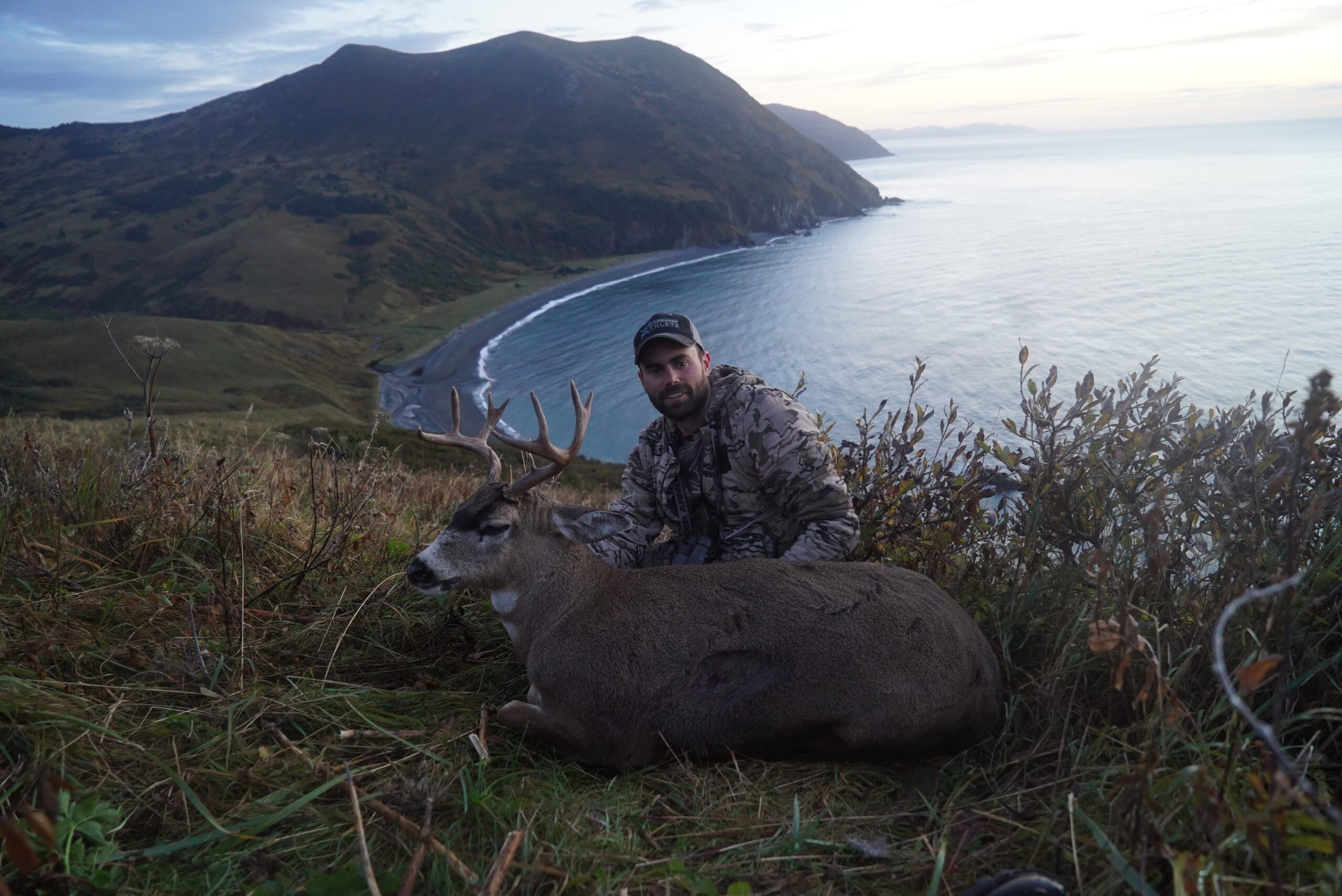
Don’t Want To Tent It?
There’s another popular option to hunt elk in Alaska. The Kodiak Raspberry Island Remote Lodge offers lodging and will drop you off daily by boat to hunt the elk area DIY. This is a very popular option with hunters who draw the Raspberry elk tag or hunters looking to hunt Afognak and Raspberry for blacktail.
Disclaimer: Article was originally published in the Spring 2015 issue of Elk Hunter Magazine. Information on Alaskan hunts may have changed since then, so please always check the current regulations and draw dates.


